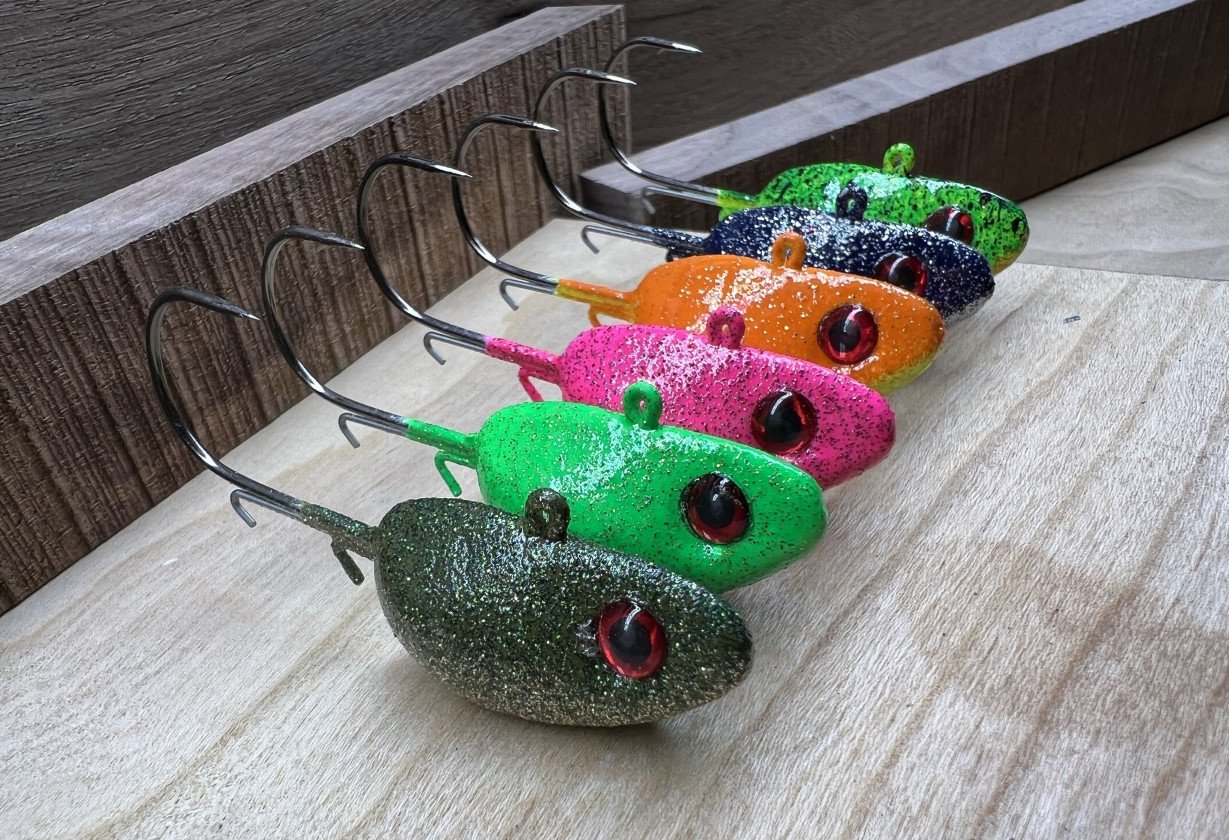"Thump" Jigging-Wake up the Walleye on the Detroit River
Lance Valentine Master Series River Jigs
Visit www.teachinfishin.com for more information
As a tournament fisherman I always held to the belief to use the lightest jig possible to keep contact with the bottom. Not a bad rule if everyone in the boat is a skilled jig fisherman and your TOTAL focus can be put on boat control. When I started guiding my thinking changed-and to my surprise so did my success!
Fishing with clients new to vertical jigging, I began having them use large jigs of ¾ and even 1 ounce so they could feel the bottom and get into a good jigging rhythm and understand what vertical jigging was supposed to feel like. After an hour or so I would start giving them lighter jigs until they could no longer keep constant contact with the jig. As I was doing this with clients something strange happened-the guys with the heavier jigs were starting to out fish the "better" jiggers who were using the "proper" lighter jigs.
I am fortunate to keep my boat in a slip on the Detroit River and share the dock area with several great charter captains who are also good friends. When I started guiding on the river I would see their rods rigged with large jigs, but my tournament mentality kept me from believing it. One day a few years ago I had a free afternoon on the Detroit River and headed out to try an experiment. I would fish some of my favorite spots with my "normal" 3/8 ounce jig and then fish them with the "wrong" jig of ¾ ounce. After about an hour or so of this experiment it became obvious that the heavier jigs were out fishing the lighter ones! How could this be? Doesn't every "pro" preach to use the lightest jig possible? Was this a fluke or was I on to something.
It has now been over a dozen seasons using heavy jigs exclusively, and the records prove they work. Jigs of ¾ and 1 ounce have become the standard on the river, and our success rate continues to be steady and even increase most years, especially with anglers who don't jig fish often.
Why do heavier jigs work? I have a few theories. First, I believe that the better feel an angler has with the jig the more confident they are in detecting a bite. If you have to constantly think about feeling the bottom, you will miss most of the hits you get. It is much easier to feel anything different on your jig (a strike) if bottom is always a constant "Thud" that you can easily feel and recognize.
Second, a heavier jig falls quicker and stays in front of a fish longer. When using a lighter jig each lift off the bottom also causes the jig to "slide" down the current and over the head of bottom hugging fish. A heavier jig has much less "slide" and stays in the fish's cone of vision for a few more seconds, resulting in more bites.
Third, a large jig has a bigger profile and makes more noise. Remember, in current fish see you bait for a relatively short time period, so anything you can do to get their attention quicker will result in more strikes. The solid "thump" on the bottom a heavy jig makes will get fish looking toward your jig quicker than the soft touch of a lighter jig. The larger profile created by a larger jig makes it easier for a fish to see and react to. These factors are very important as the water begins to get dirty!
When buying heavier jigs, be sure to follow our rules for getting the proper jig. Buy jigs with the line tie on top so the jig hangs horizontal in the water and be sure to get a quality hook with a large enough gap to make hooking fish easy. Look for jigs with pointed noses, instead of round ball jigs, to keep the jig from causing line twist. The Lance Valentine Signature Series of jigs were designed specifically for vertical jigging in heavy current and are available at the TeachinFishin online store.
When fishing the heavy jigs a 5'6" to 6' medium heavy action rod seems to work the best. I prefer rods that have a little "stiffer" tip than the ones I use for fishing light jigs, and have designed a rod for the Lance Valentine Signature Series. The stiffer tip provides instant feedback when the jig is falling and helps with hooking percentages. Team the rod with a light spinning rod and 12lb yellow Sunline SX1 braid, tie direct to your jig and go fishing.
Don't hesitate to buy some heavy jigs and try some "Thump" jigging this year. It has worked for me and my clients in water as shallow as 6 feet and as deep as 50 feet in the Detroit River, and in the past few years we have taken the "Thump" jigging method to other rivers big and small, fast and slow, and the success keeps me using heavy jigs. Try it this season. I know it will help you catch more fish.
For more information to help you catch more fish, or to find Lance Valentine Signature Series products, check out www.teachinfishin.com

